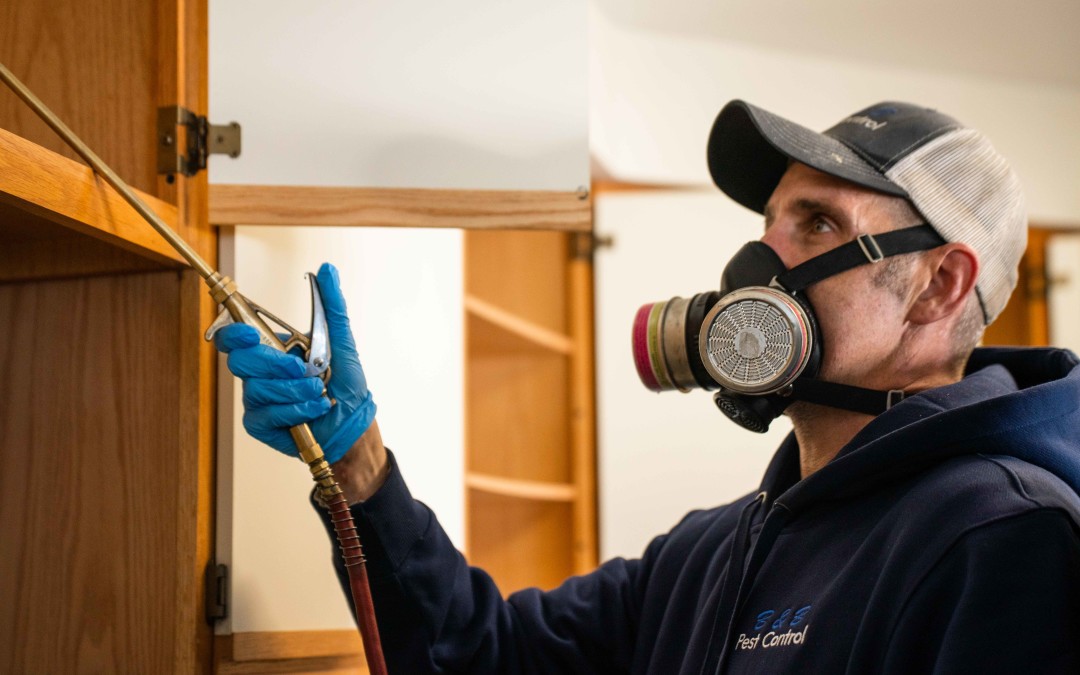Several arthropods are well known for carrying and transmitting diseases to humans and other animals. Arthropod-borne disease is a leading cause of death in developing nations around the world. In the United States, mosquitoes and ticks are responsible for transmitting disease to humans more frequently than any arthropod group. Mosquitoes and ticks are both “biological disease vectors,” which means that disease-causing pathogens survive by exploiting the natural biological functions of their mosquito and tick hosts. These pathogens are then transmitted into the human bloodstream through bites, resulting in disease transmission.
There also exists a large number of arthropods in the US that serve as “mechanical disease vectors,” including a number of cockroach, fly and ant species. These arthropods acquire disease-causing microorganisms on their exterior body and mouthparts due to their unsanitary living habits. Mechanical disease vectors don’t usually spread disease via bites; instead, every surface they make contact with becomes smeared with the pathogens present on their body. For example, since flies breed on decaying sources of organic matter, such as excrement and rotting food, they mechanically transport numerous pathogenic organisms from these materials onto indoor surfaces, human foods, and sometimes on human skin or mucous membranes. Although tracking the mechanical spread of disease from insects to humans is difficult, public health professionals consider cockroaches, flies and some ants to be medically hazardous, especially when these insects make contact with human foods.
The Food and Drug Administration has compiled a list of insect species that they deem hazardous to public health due to their commonality within homes and their ability to mechanically spread pathogens. This list is known as the “dirty 22,” and it includes American, German, Oriental, and brown-banded cockroaches, as well as house flies, stable flies, little house flies, and several blow fly species. Thief ants and Pharaoh ants were the only two ant species included on the list, as it has long been known that these flies travel between indoor foods and outdoor carrion. These two ant species are also common pests in hospitals where they congregate in open wounds, possibly resulting in disease transmission.
Has your home ever become infested by insects that are considered disease threats to humans?

